- Home
- Advanced Treatments
- Wound Care Treatments
- Toenail Avulsion
Toenail Avulsion
- Published 12/13/2022
- Last Reviewed 2/7/2024
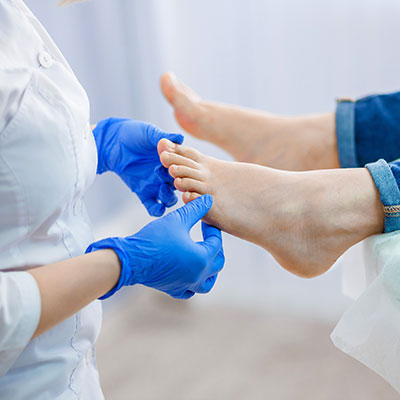
What is nail avulsion?
Nail trauma and injuries are more common than most of us would like. Sometimes, it can be as minor as a stubbed toe or broken nail, but some toenail injuries can be extreme.
Nail avulsion is the separation of the toenail from the nail bed. Usually, it occurs along the lateral nail plate or the areas closest to where the edge of your nail meets the skin folds of your finger.
Nail separation can be caused by trauma or an injury that tears off part or all of the nail. Injuries to the foot — such as dropping a heavy object, stubbing your toe on a hard surface, or ongoing trauma from poorly sized shoes — cause total or partial avulsion.
Alternatively, nail avulsion may be performed as a medical procedure to treat other toe problems. Our podiatrists can perform a nail avulsion procedure to treat toenail fungus, infection, ingrown nails, or injury. Because of where our toes and fingernails are located, they are quite vulnerable to trauma. We get plenty of complaints about crushed nails, lacerations, and accumulation of blood under the nails due to injury.
- Previous
- Treatment
 I had an unexpected foot "challenge" this week. I called the office & was able to get an appointment with Dr. Briskin on Tues. ...Linda K.
I had an unexpected foot "challenge" this week. I called the office & was able to get an appointment with Dr. Briskin on Tues. ...Linda K. Please provide handicap parkingBarry S.
Please provide handicap parkingBarry S. Dr. Franson is a wonderful doctor-professional, friendly and we'll educated in his speciality! I highly recommend him.Laurie K.
Dr. Franson is a wonderful doctor-professional, friendly and we'll educated in his speciality! I highly recommend him.Laurie K. Dr. Ambibola Johnson is awesome!Laurie S.
Dr. Ambibola Johnson is awesome!Laurie S. I appreciate the care and timeliness of all my appointments I’ve had at UFAI. Gray, Lydia and the staff all are wonderful. Lydi...Edelmira G.
I appreciate the care and timeliness of all my appointments I’ve had at UFAI. Gray, Lydia and the staff all are wonderful. Lydi...Edelmira G. His is Sandra, Simon’s wife posting. I’m being treated in the Santa Monica location for Achilles tendinitis. The healing is slo...Simon S.
His is Sandra, Simon’s wife posting. I’m being treated in the Santa Monica location for Achilles tendinitis. The healing is slo...Simon S. Very greatfull for the doctor and stuffJesus M.
Very greatfull for the doctor and stuffJesus M. Doctor was very caringBrigitte S.
Doctor was very caringBrigitte S. Everyone is very nice and efficient-
Everyone is very nice and efficient-
Especially Dr Kelman. He takes very good care of me!!Claudia K. Great costumer service.
Great costumer service.
Prompt and efficientDean W. No . I’m pleased with the care .Michael P.
No . I’m pleased with the care .Michael P. Appreciate the professionalism and expertise, as well as the caring.Stella G.
Appreciate the professionalism and expertise, as well as the caring.Stella G.
-
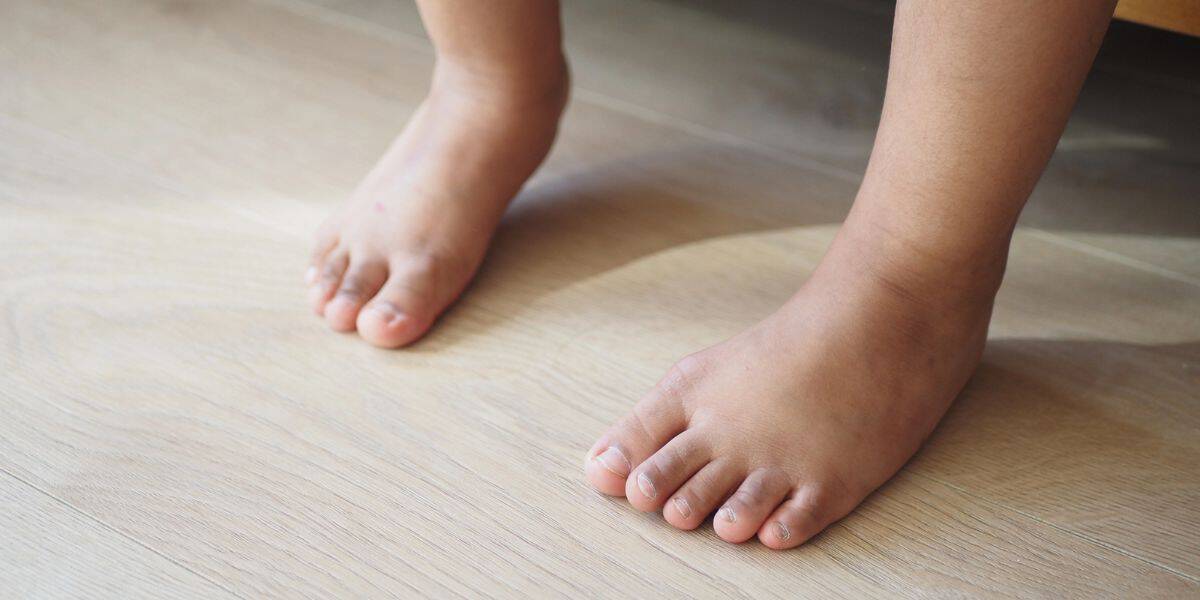 Listen Now
Pediatric Bunion Surgery
Read More
Listen Now
Pediatric Bunion Surgery
Read More
-
 Listen Now
15 Summer Foot Care Tips to Put Your Best Feet Forward
Read More
Listen Now
15 Summer Foot Care Tips to Put Your Best Feet Forward
Read More
-
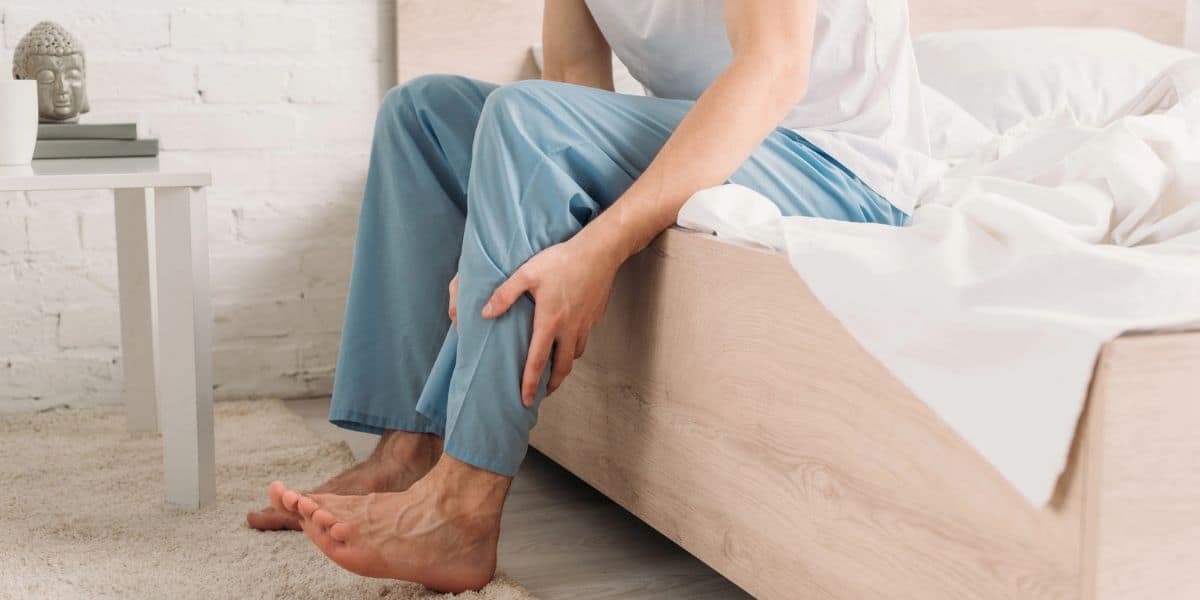 Listen Now
What Are Shin Splints?
Read More
Listen Now
What Are Shin Splints?
Read More
-
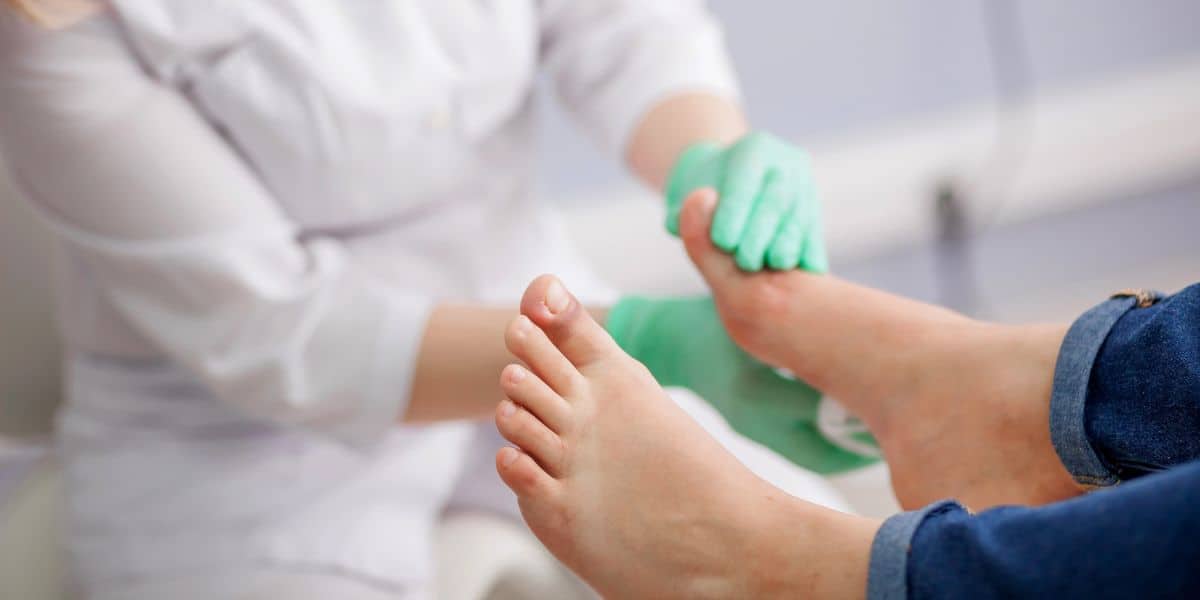 Listen Now
Non-Surgical Treatment for Plantar Fasciitis – What Are Your Options?
Read More
Listen Now
Non-Surgical Treatment for Plantar Fasciitis – What Are Your Options?
Read More
-
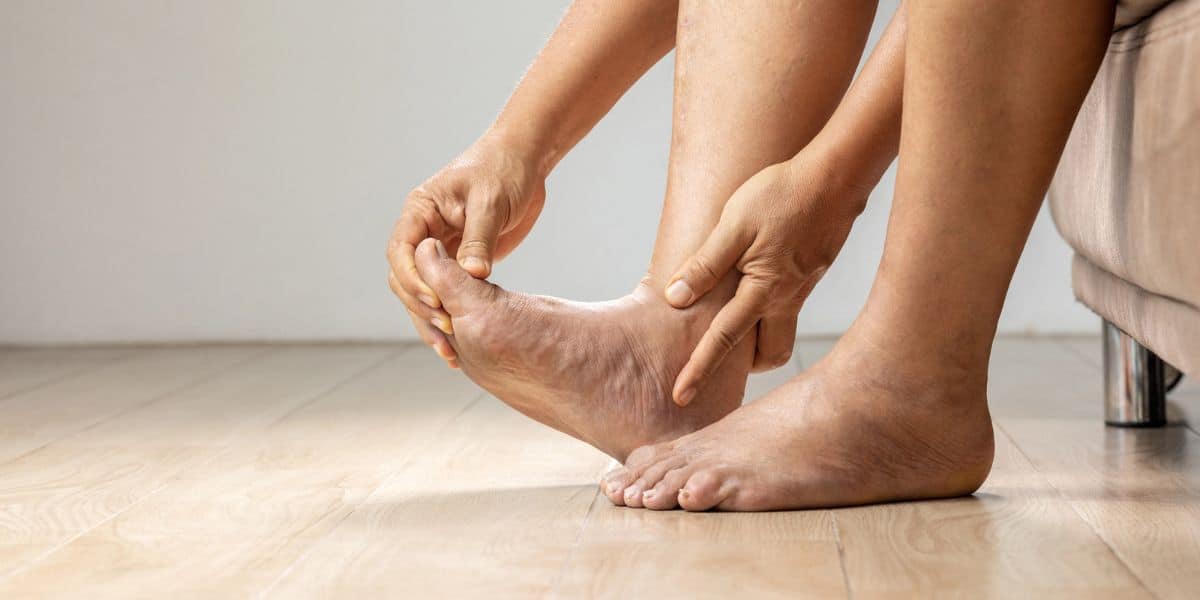 Listen Now
Top 10 Non-Surgical Treatments for Morton's Neuroma
Read More
Listen Now
Top 10 Non-Surgical Treatments for Morton's Neuroma
Read More
-
 Listen Now
Swollen Feet During Pregnancy
Read More
Listen Now
Swollen Feet During Pregnancy
Read More
-
 Listen Now
Do Blood Pressure Medicines Cause Foot Pain?
Read More
Listen Now
Do Blood Pressure Medicines Cause Foot Pain?
Read More
-
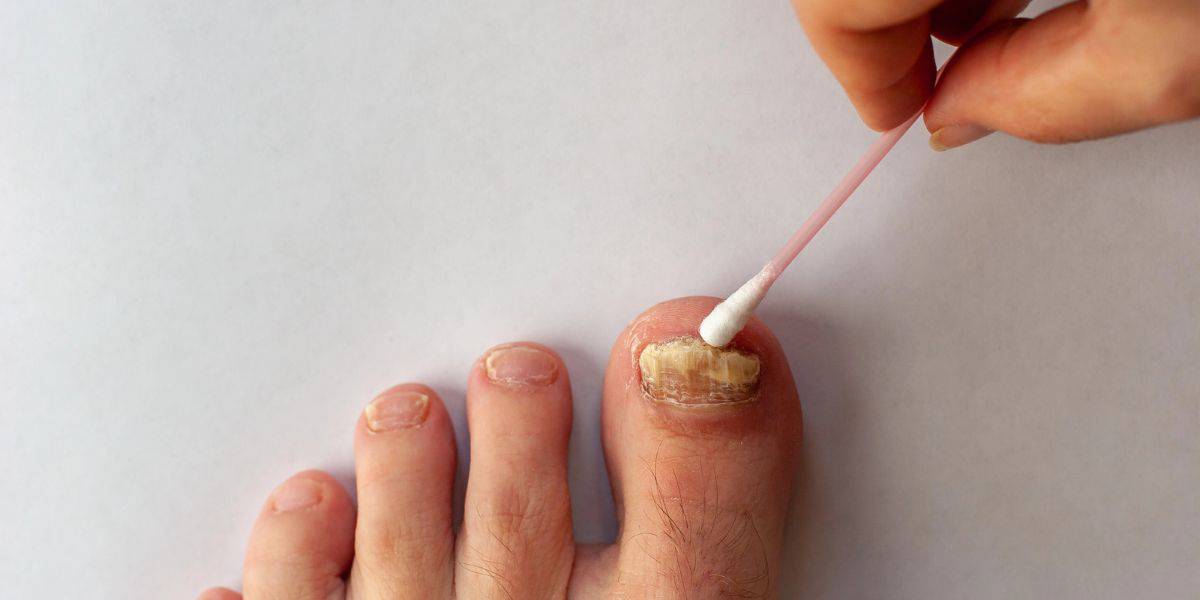 Listen Now
What To Do When Your Toenail Is Falling Off
Read More
Listen Now
What To Do When Your Toenail Is Falling Off
Read More
-
 Listen Now
Bunion Surgery for Seniors: What You Need to Know
Read More
Listen Now
Bunion Surgery for Seniors: What You Need to Know
Read More
-
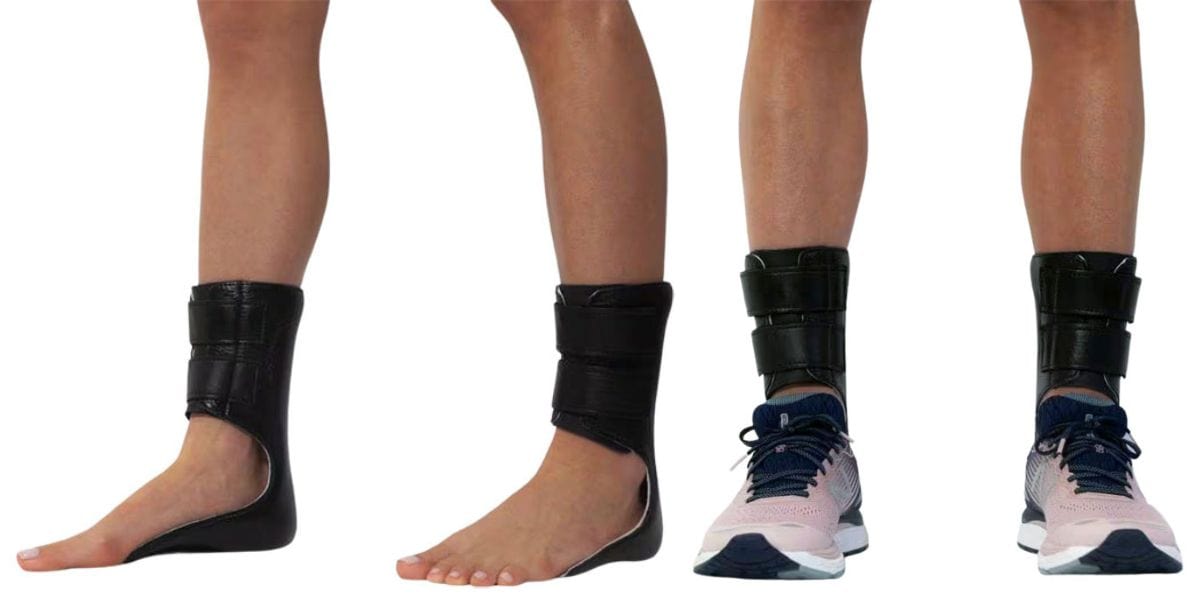 Listen Now
Moore Balance Brace: Enhance Stability and Prevent Falls for Better Mobility
Read More
Listen Now
Moore Balance Brace: Enhance Stability and Prevent Falls for Better Mobility
Read More
-
 Listen Now
Bunion Surgery for Athletes: Can We Make It Less Disruptive?
Read More
Listen Now
Bunion Surgery for Athletes: Can We Make It Less Disruptive?
Read More
-
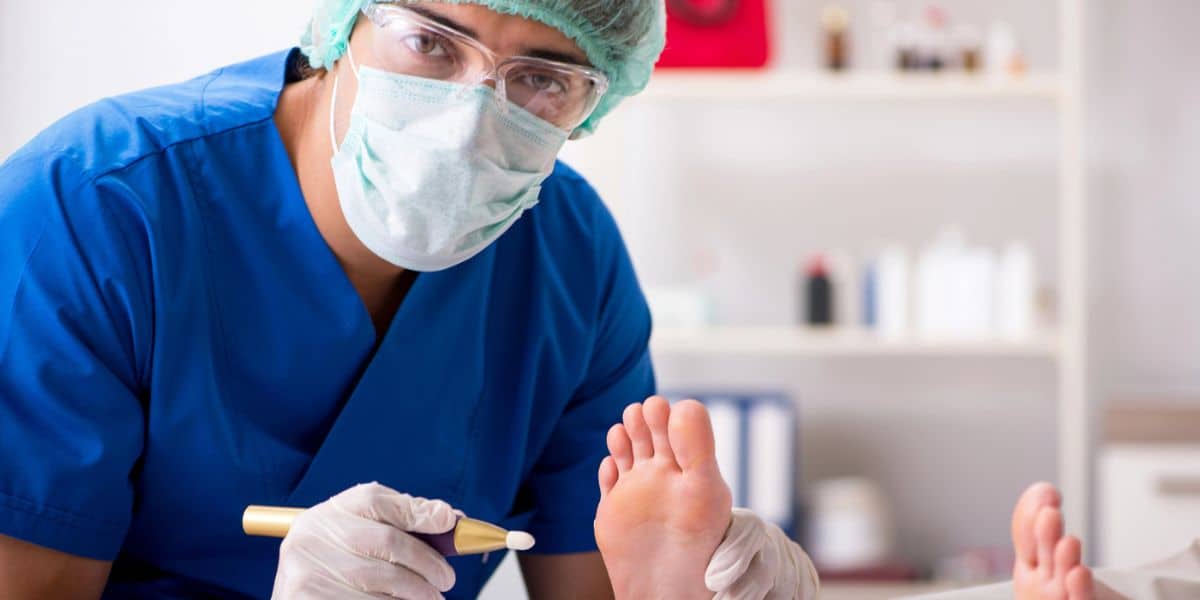 Listen Now
Should I See a Podiatrist or Orthopedist for Foot Pain and Ankle Problems?
Read More
Listen Now
Should I See a Podiatrist or Orthopedist for Foot Pain and Ankle Problems?
Read More
-
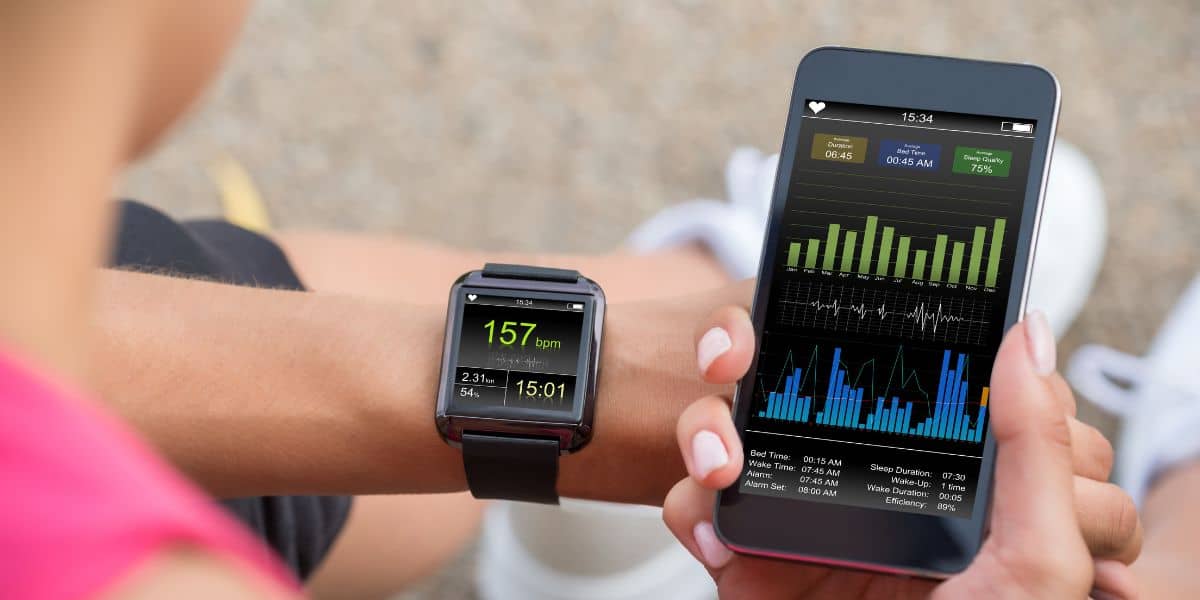 Listen Now
How Many Steps Do I Need A Day?
Read More
Listen Now
How Many Steps Do I Need A Day?
Read More
-
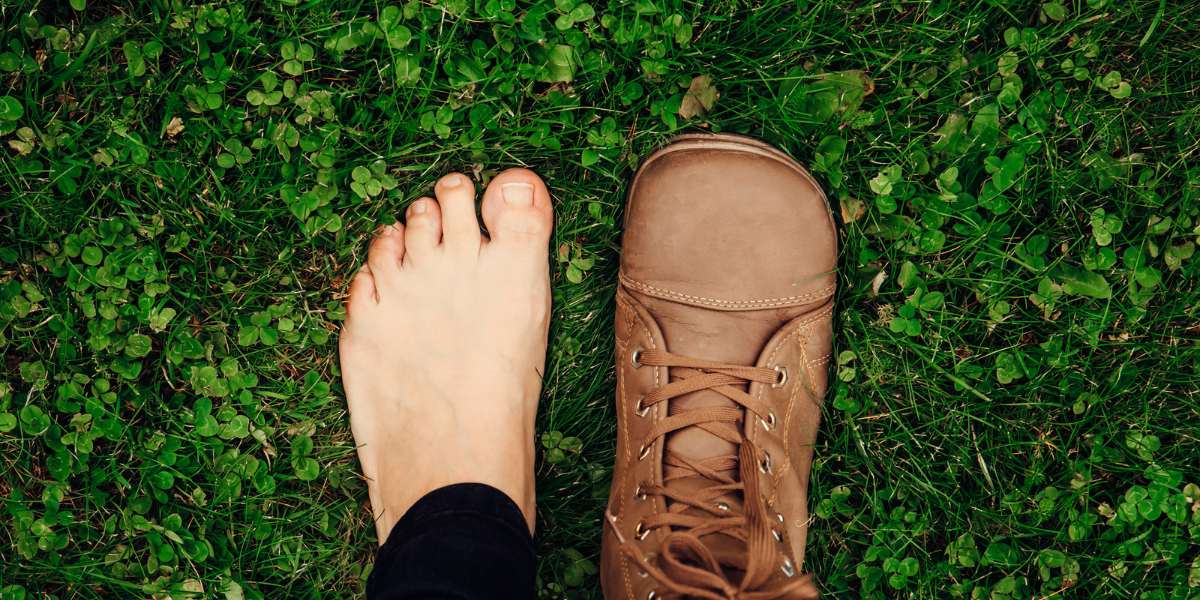 Listen Now
How To Tell If You Have Wide Feet
Read More
Listen Now
How To Tell If You Have Wide Feet
Read More
-
 Listen Now
Is Bunion Surgery Covered By Insurance?
Read More
Listen Now
Is Bunion Surgery Covered By Insurance?
Read More














